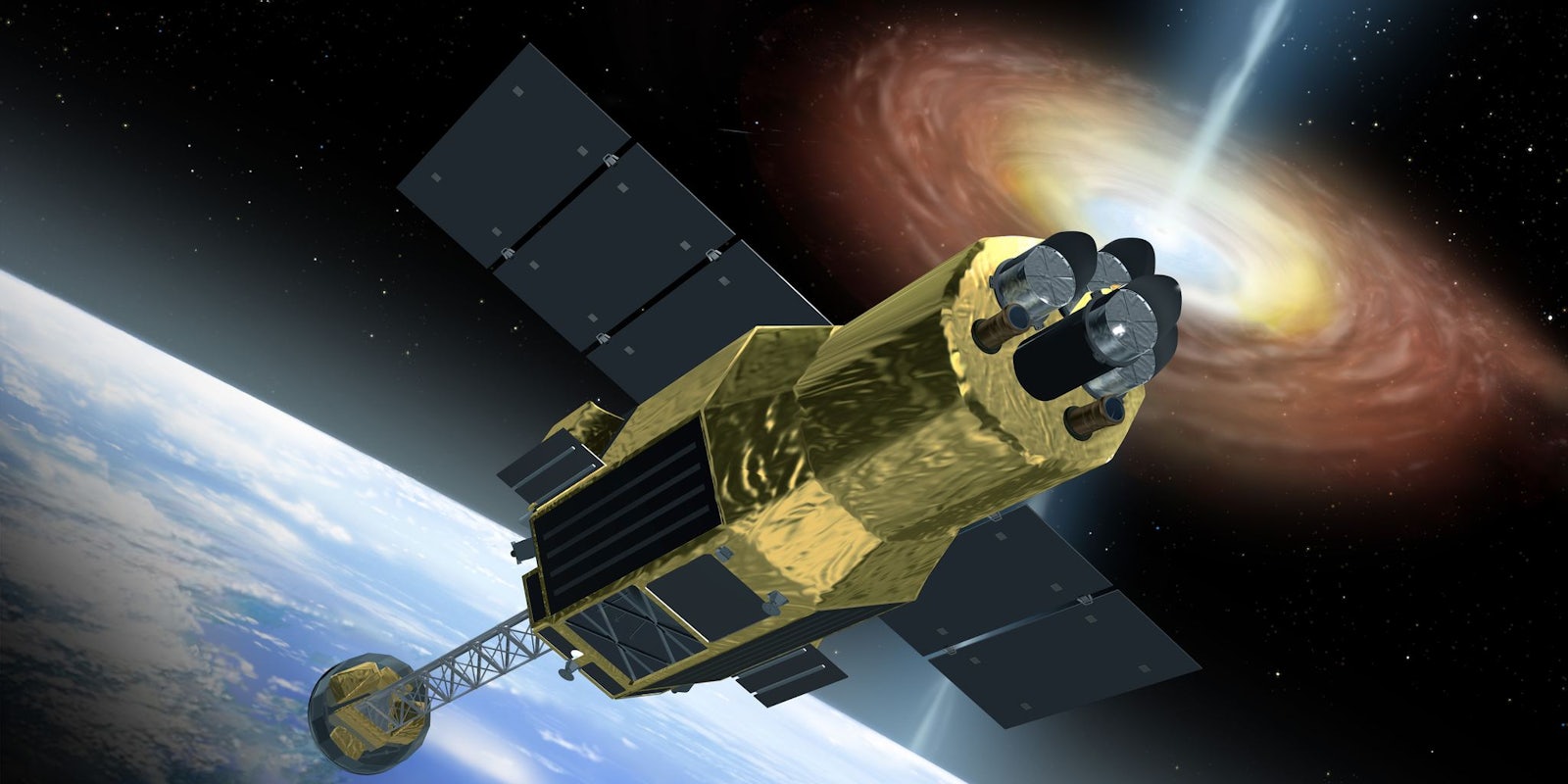The Japanese satellite, Hitomi, was thought to be lost after it failed to check-in on March 26 following its launch in February. But now the Japanese Aerospace Exploration Agency (JAXA) says it received a signal from Hitomi on March 28.
The satellite was meant to observe the universe through X-rays, allowing it to answer questions about black holes and cosmic rays, according to New Scientist. But the U.S. Joint Space Operations Center tweeted that five pieces of the satellite had broken off, and a video taken from the ground suggests the satellite is tumbling, according to National Geographic.
In an official statement, JAXA said that they do not know the current state of the satellite. It may take months to fully recover the satellite.
It’s unclear what caused the satellite to tumble, but some experts don’t think it was a collision.
U.S. military rules out collision as cause of Hitomi satellite’s woes (via Spaceflight Now) https://t.co/WjKWlmoFiv
— Catherine Q. (@CatherineQ) March 30, 2016
Instead, a malfunction aboard the satellite itself such as a gas leak may have caused it to tumble, astrophysicist Jonathan McDowell told the Associated Press.
Not everyone agrees, though. Project director of the satellite program at the National University of Singapore, Goh Cher Hiang, told the BBC that internal malfunctions like gas leaks or battery explosions are rare.
The BBC added that Japan has lost satellites before, but that they have also pulled off some incredible recoveries. JAXA engineers were able to get the Akatsuki probe back into Venus’s orbit after losing contact with it for five years, the BBC wrote.
Right now the most important thing for JAXA is to re-establish contact with the satellite. If it can get into regular contact, there is hope it can regain control of the satellite.
Image via JAXA


